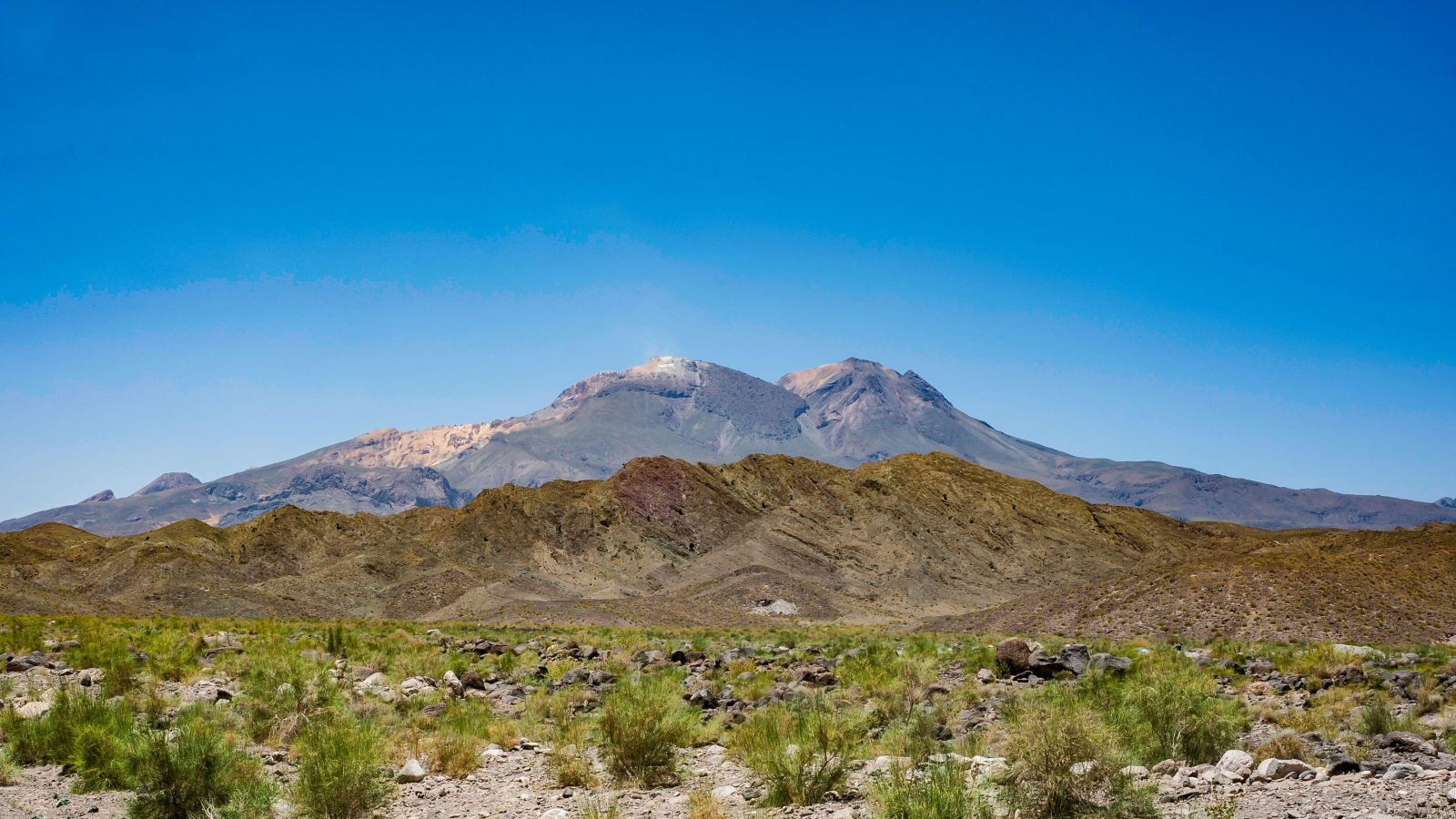Cosmology
Latest about Cosmology
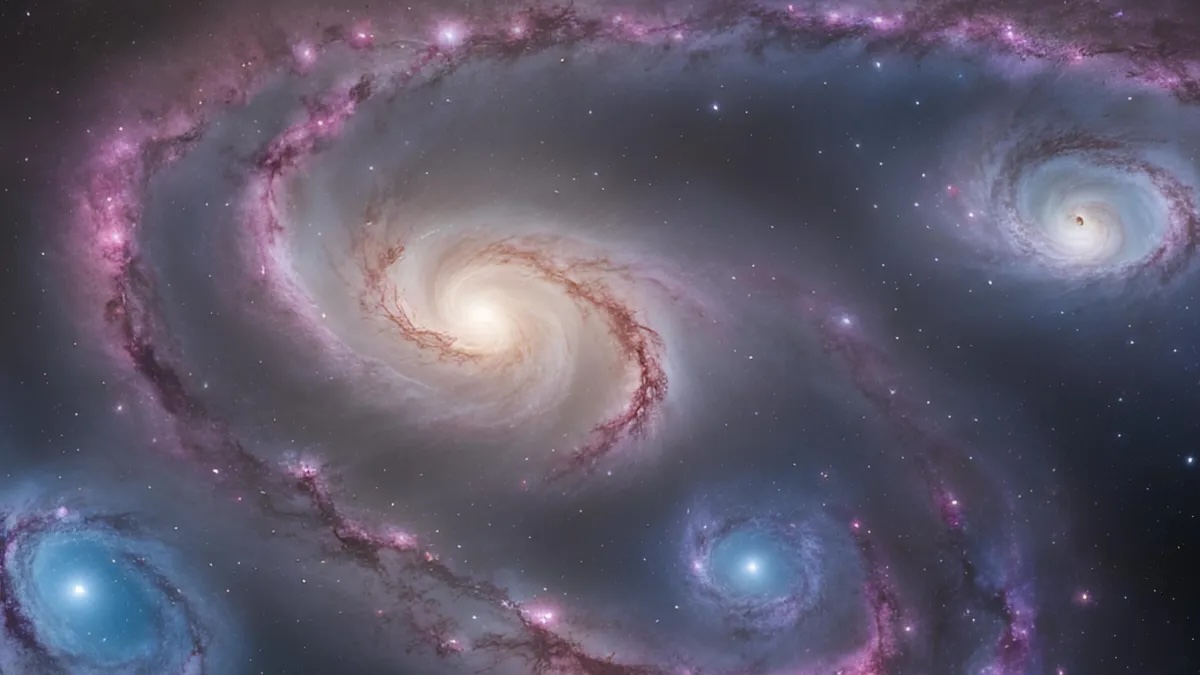
Rare string of 'cosmic pearls' dance together in the universe
By Robert Lea published
A rare group of aligned, star-birthing dwarf galaxies resemble a cosmic string of pearls.
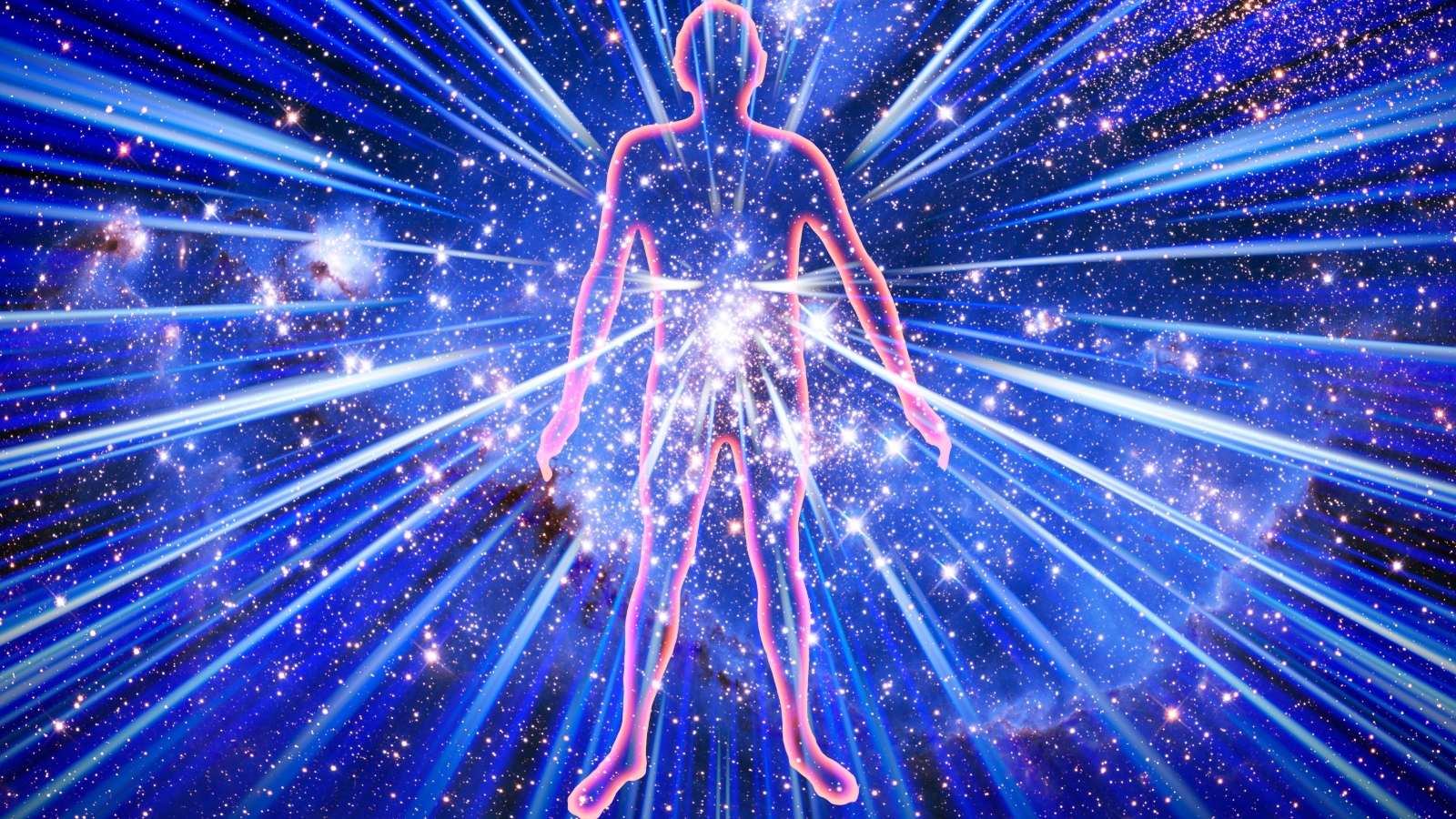
Most of the atoms in your body left the Milky Way on a 'cosmic conveyor belt' long before you were born, new study reveals
By Harry Baker published
New research suggests that most of the atoms within the human body likely spent part of their lives drifting beyond the Milky Way on a cosmic "conveyor belt," before eventually returning to our galaxy.
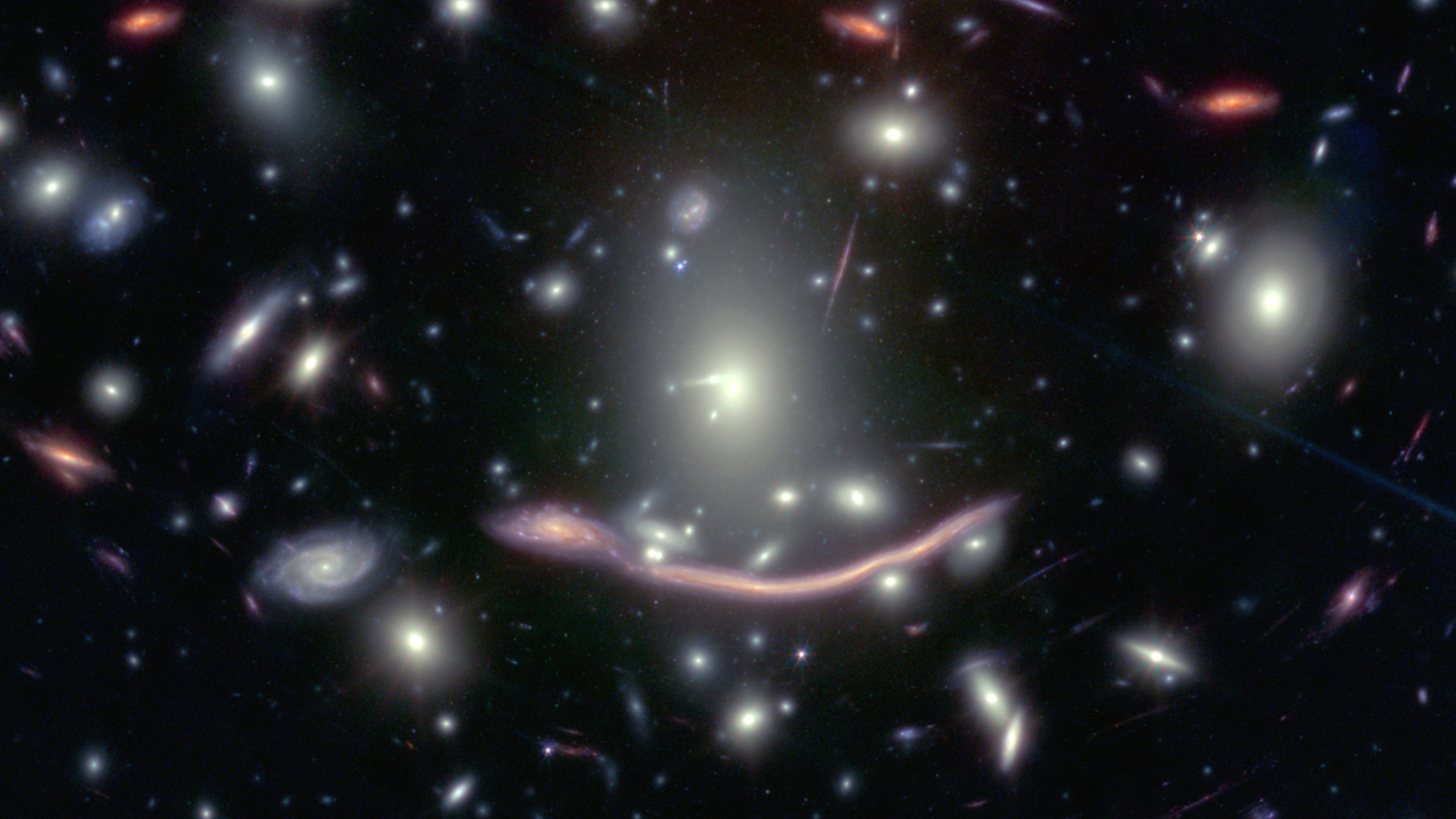
James Webb telescope spies record-breaking hoard of stars hiding in a warped 'dragon' galaxy
By Harry Baker published
Photos from the James Webb Space Telescope have revealed more than 40 stars within the gravitationally lensed "Dragon Arc" galaxy, 6.5 billion light-years from Earth. It is the largest group of individually imaged stars ever seen at such a distance.

'There's no real competitor': Theoretical physicist Marika Taylor on how black holes could help us to find a theory of everything
By Ben Turner published
String theory remains our best candidate for a theory of everything, but where can it be tested? By studying black holes, says Marika Taylor.
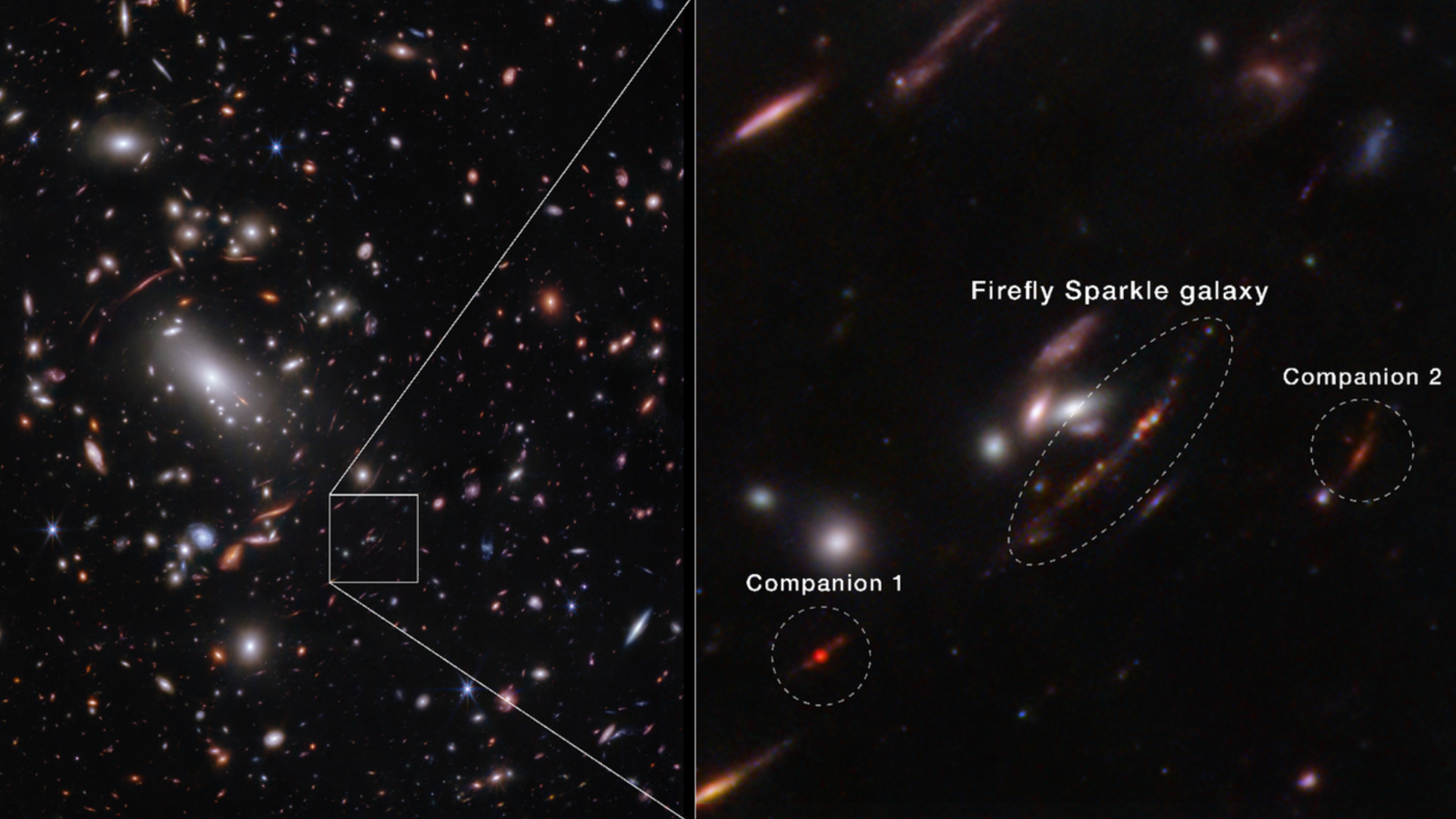
James Webb telescope spies stunning 'Firefly Sparkle' galaxy — a baby clone of the Milky Way being 'assembled brick by brick' in the early universe
By Harry Baker published
The James Webb Space Telescope has captured an image of a baby, Milky Way-like galaxy that formed more than 13 billion years ago. This "Firefly Sparkle" galaxy could reveal how our own galaxy evolved.
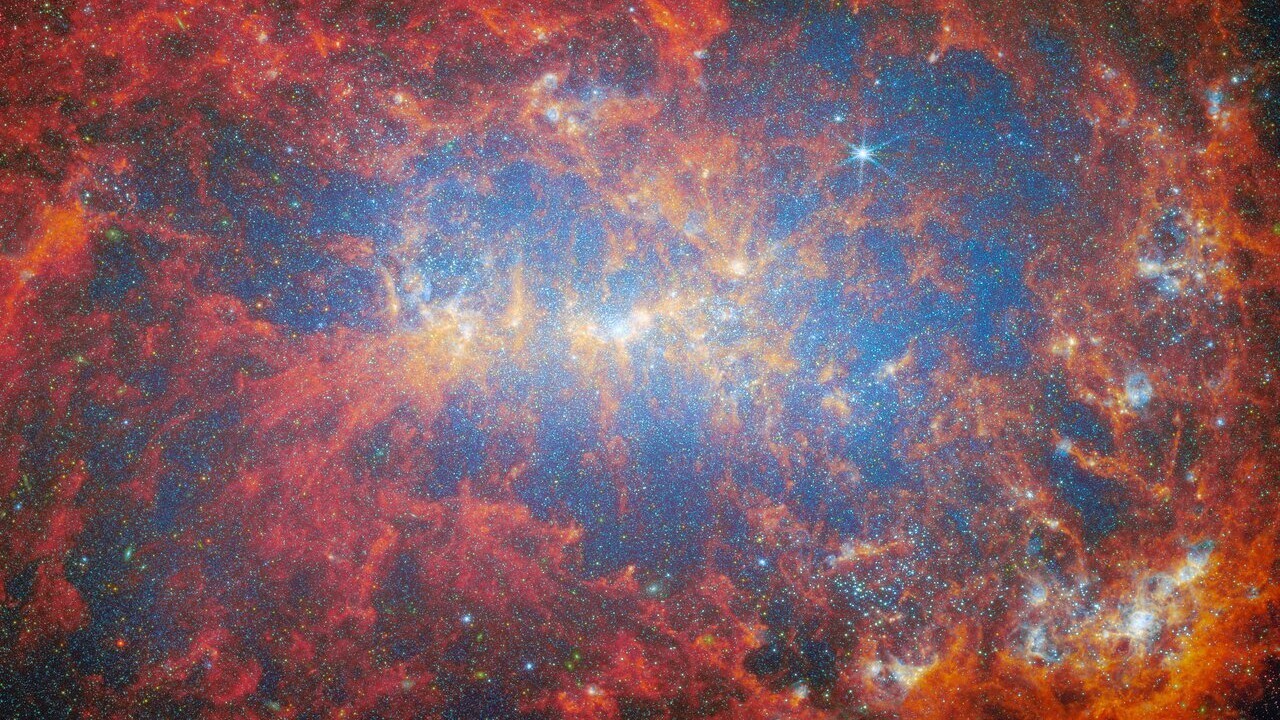
What is the universe expanding into if it's already infinite?
By Nicole Granucci published
The universe is constantly expanding, but how do scientists think about what it's expanding into?
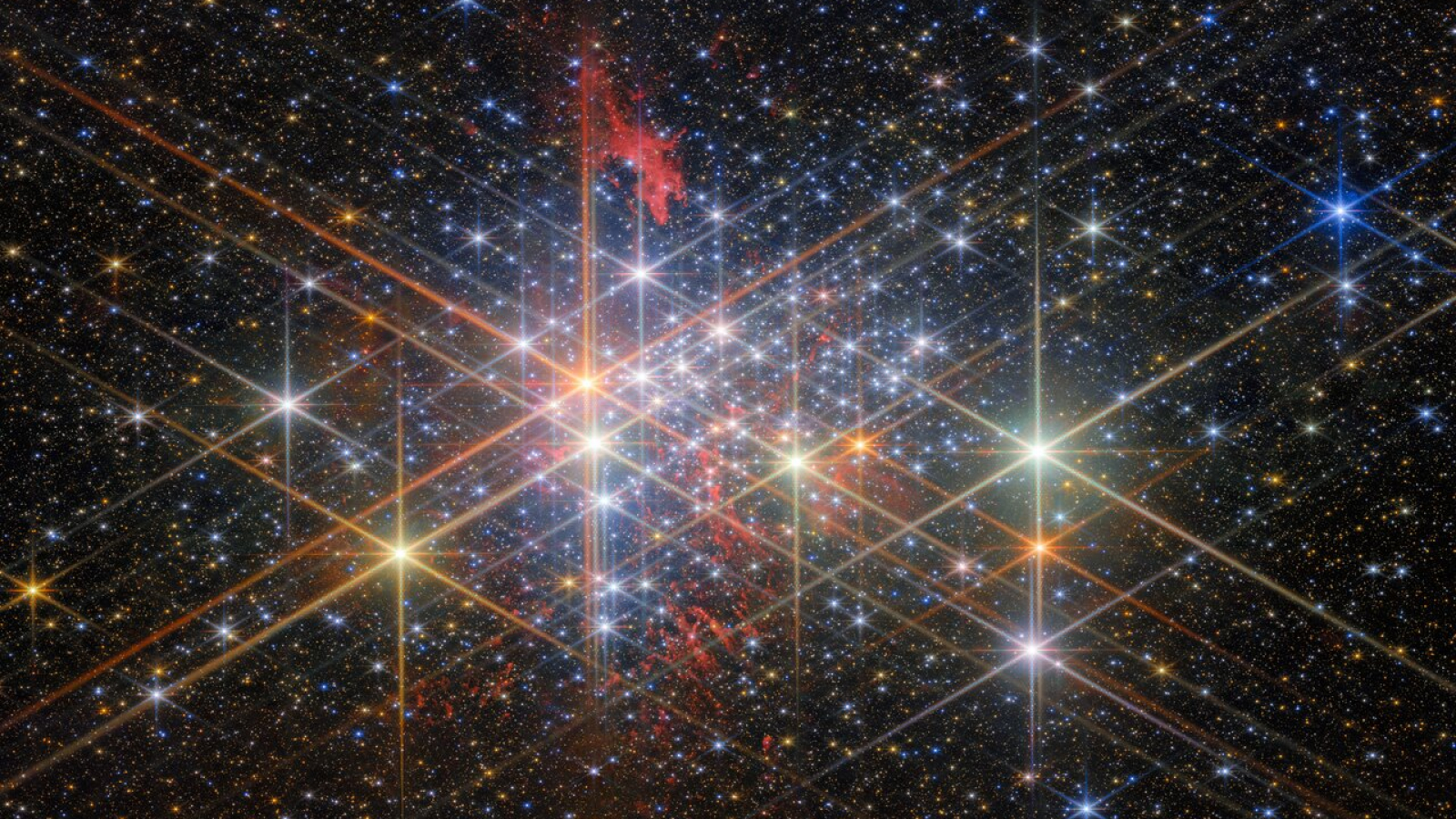
James Webb telescope confirms we have no idea why the universe is growing the way it is
By Ben Turner published
Astronomers can't agree how fast our cosmos is expanding. A new James Webb Space Telescope study has made the crisis even worse.
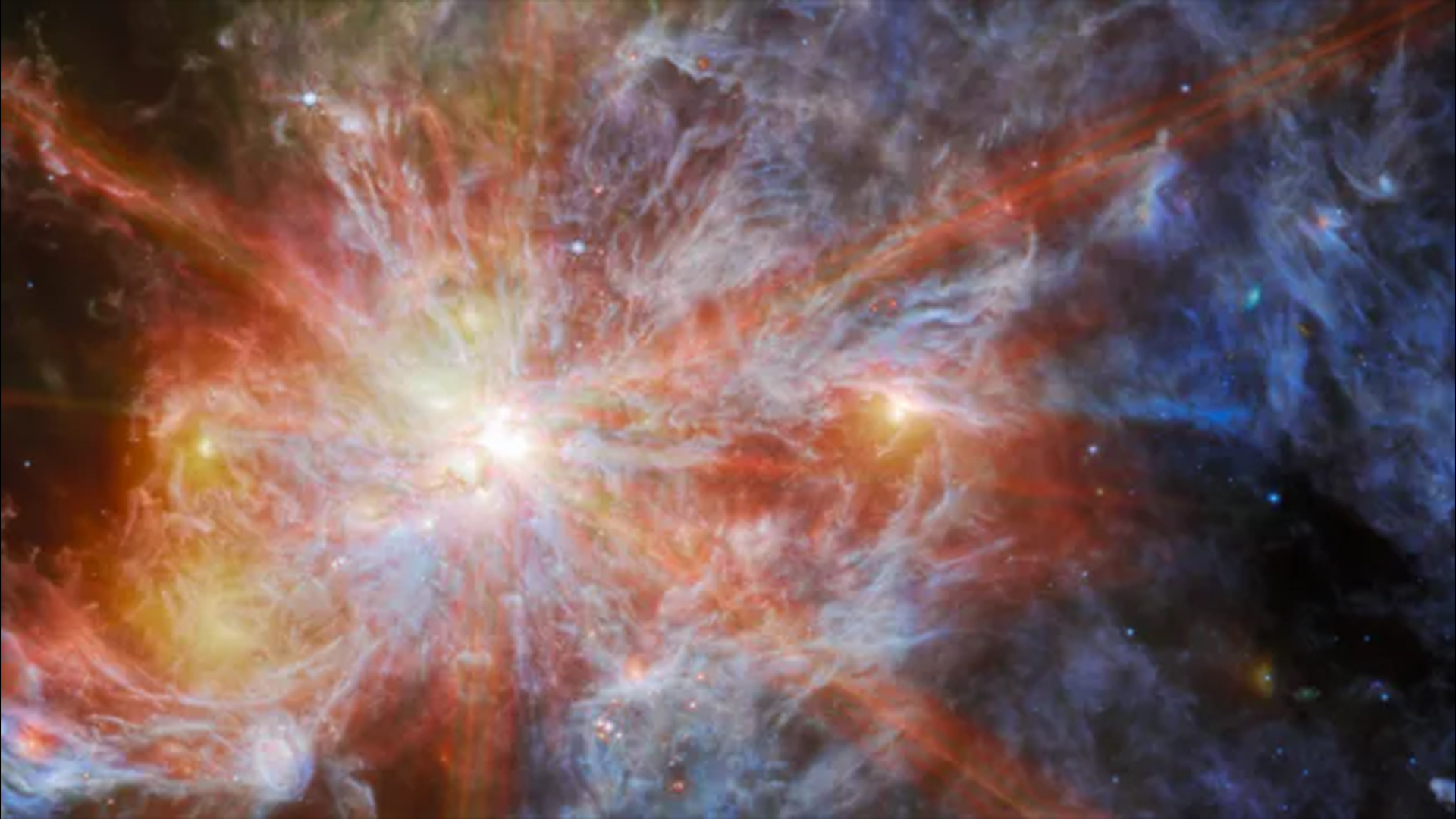
James Webb Space Telescope smashes its own record to find the earliest galaxies that ever existed
By Ben Turner published
The James Webb Space Telescope has spotted five galaxy candidates dating to just 200 million years after the Big Bang, making them the earliest ever detected. And there could be many more.
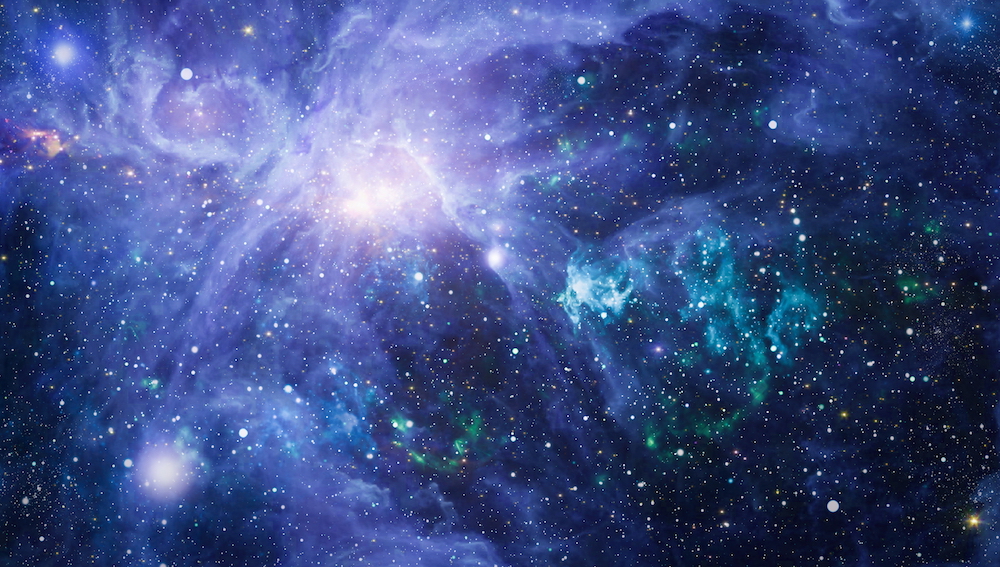
Scientists analyze largest map of the universe ever created — and it proves Einstein right yet again
By Ben Turner published
The largest survey of our universe ever conducted suggests that it closely matches the model most favored by cosmologists. It's unclear what this means for alternative theories attempting to explain bizarre discrepancies.
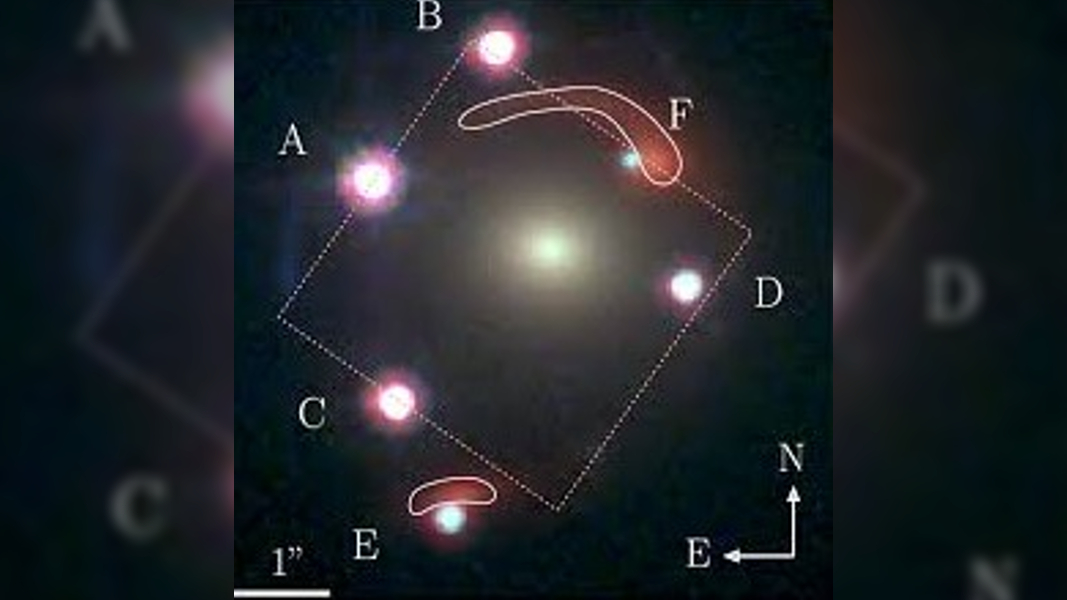
James Webb telescope uncovers 1st-ever 'Einstein zig-zag' hiding in plain sight — and it could help save cosmology
By Harry Baker published
A new JWST study has revealed the true origins of a luminous quasar that has been duplicated six times as its light "zig-zags" through space-time via a phenomenon first predicted by Albert Einstein. The unusual light show could help tackle one of cosmology's biggest problems, experts claim.
Get the world’s most fascinating discoveries delivered straight to your inbox.
